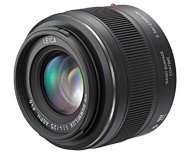
Panasonic Leica Summilux DG 25mm F1.4
Released June 2011

Panasonic Leica Summilux DG 25mm F1.4

Released June 2011
